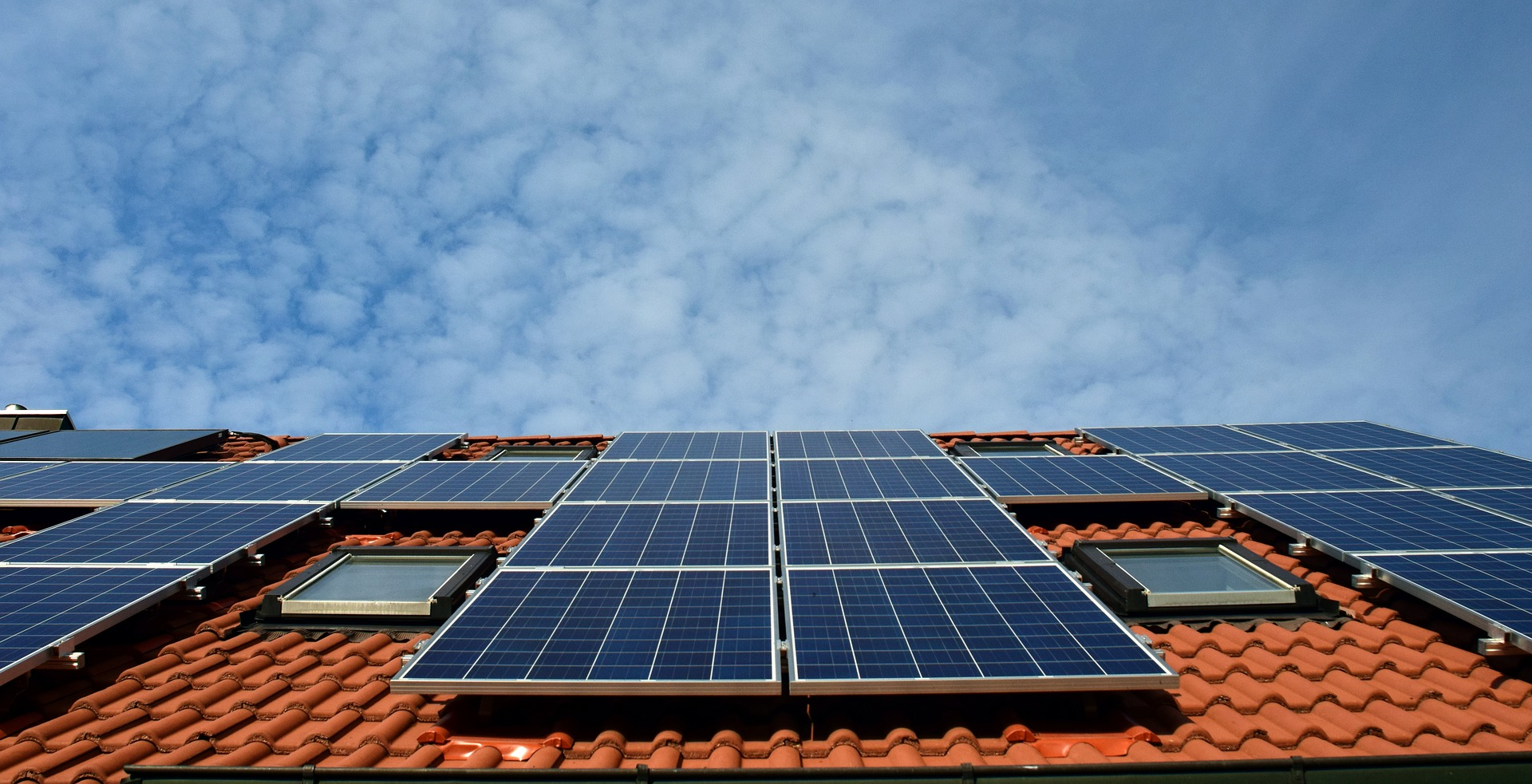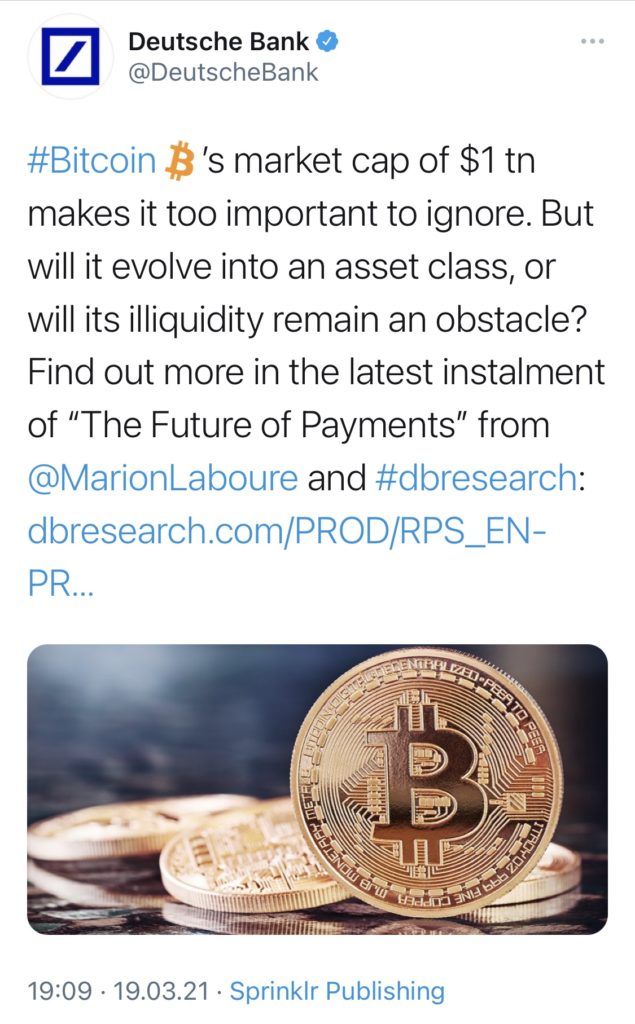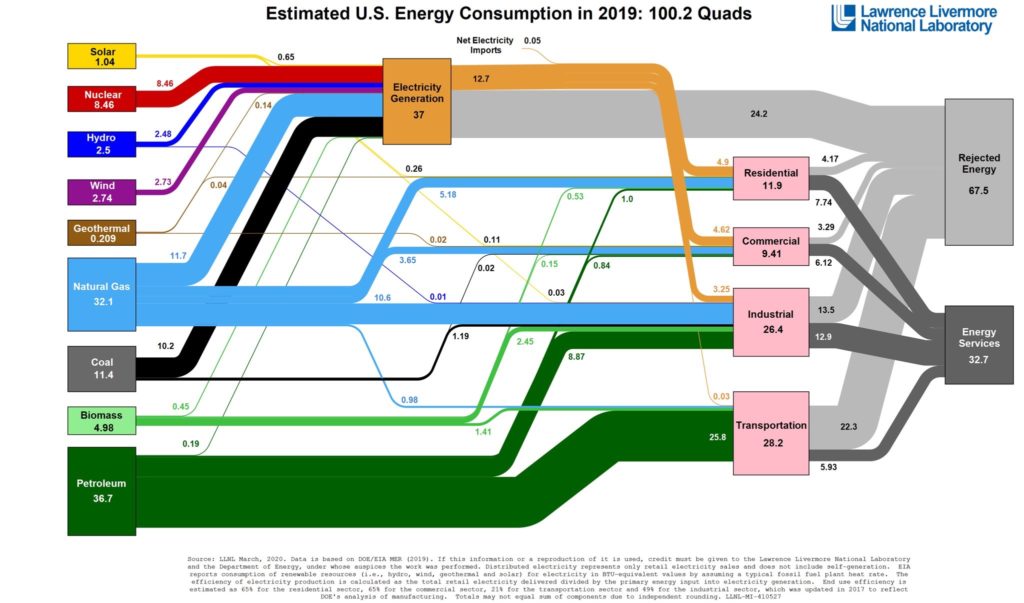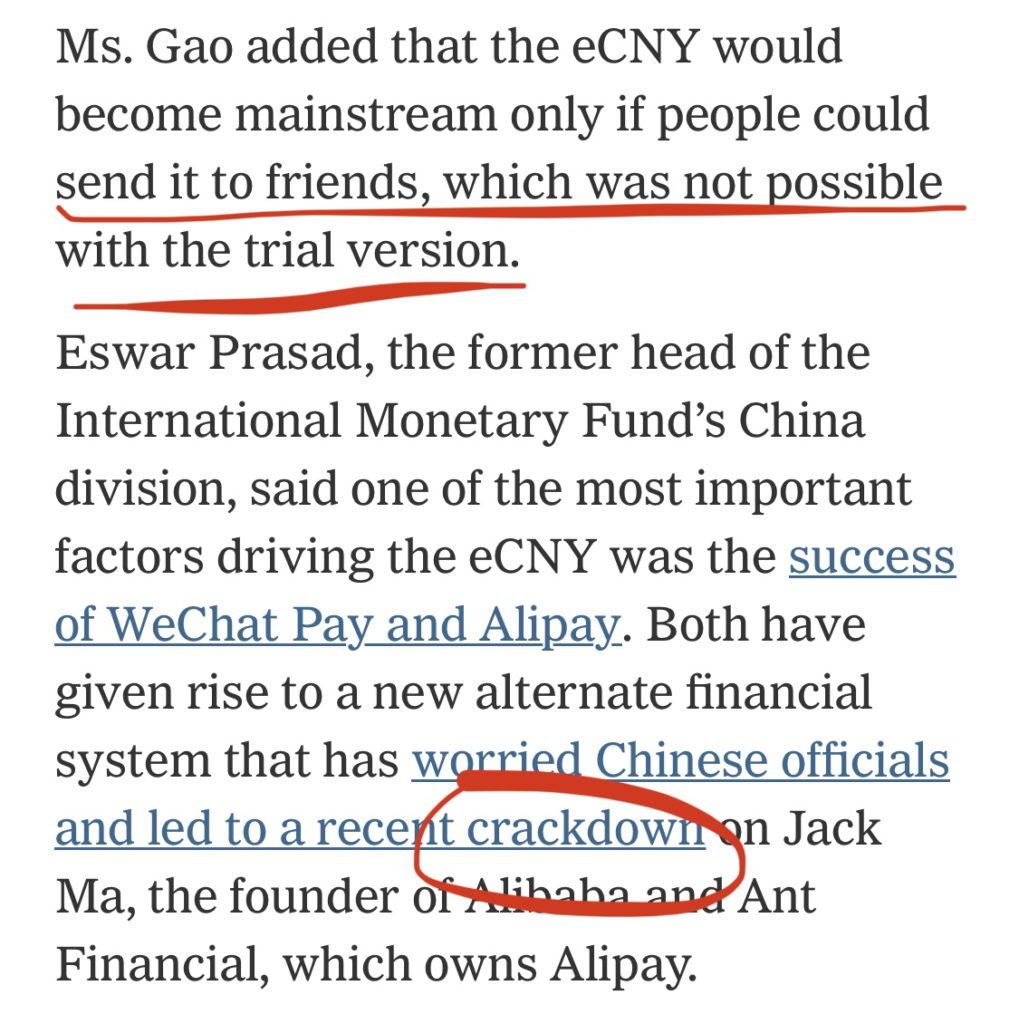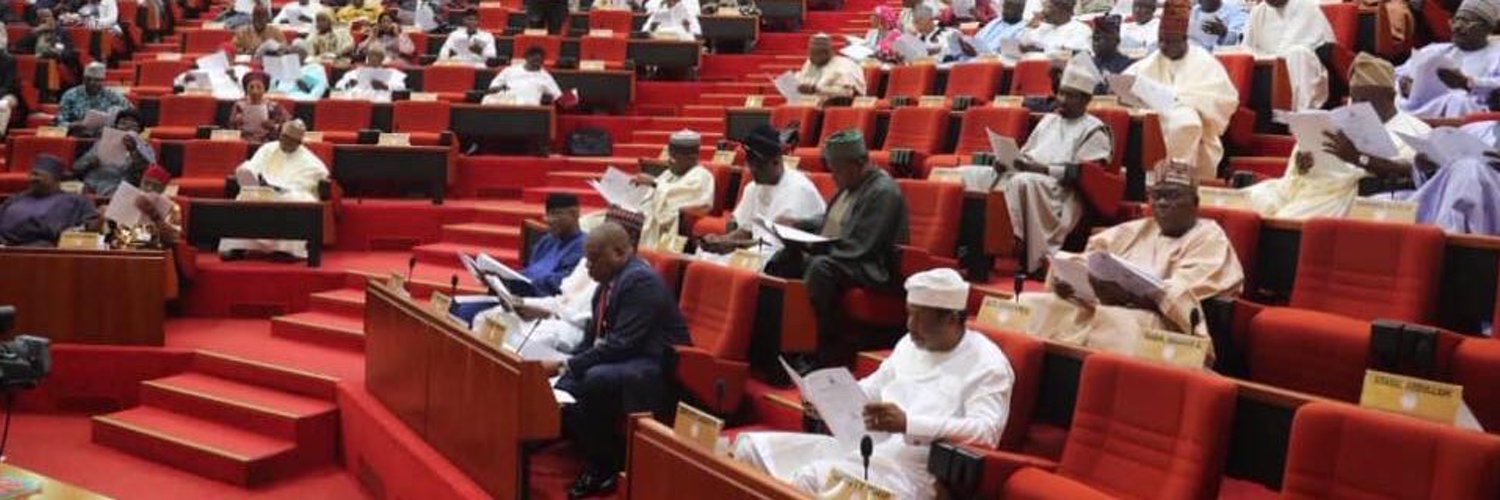Three years later, El Salvador’s President Nayib Bukele made an historic announcement, applying these recommendations almost to the letter.
Original text, in French: https://bit.ly/btcnation
Note: The title of the article is a pun on the French expression “passer comme une lettre à la poste” meaning “going off without a hitch”.
Building a Bitcoin-Nation
In his speech at the “Crypto Conference” in St. Moritz last January, Federal Councillor Johann Schneider-Ammann hoped that “in five or ten years’ time, no one would talk anymore about “Crypto Valley Zug”, but about “Crypto Nation Switzerland”.
Beautiful formula, which made ink flow and enthusiasts chuckle. But what exactly does this mean? And how do we build this “Crypto Nation”? What essential foundations constitute such a “Crypto Nation”, and what fashion trends should it avoid?

It is true that Switzerland is an ideal location to host these technologies, both historical and political, cultural, and social. Provided you no longer waste time, focus on what is important, and put aside unnecessary distractions.
Not a day goes by without the media talking about cryptocurrencies, crypto-assets, tokens and ICOs, Blockchain and “distributed ledgers”, without understanding everything well, and in confusion bordering on the noise. It has become clear that these technologies, which are constantly evolving and are still obscure to many, but well established to last.
So politicians as well as companies around the world suddenly seem to want to appropriate them. Sometimes it is only empty announcements, sometimes it is a serious will in which real resources are invested.
But like electricity at the time or the Internet more recently, these are global technologies that break with the past, which will therefore be impossible to fully control. It is therefore necessary to position oneself in a thoughtful way, thinking globally, on a large scale, and in the long term.
In this article, broken down into three parts, I explore the mechanisms required for Switzerland to position itself as a world leader in the field of Bitcoin and crypto-assets. And to better look to the future, I propose to start by putting the historical context in perspective, to better appreciate its fundamental principles.
Part 1: “Like a letter to the post office”
In January 1906, the “Cheques and Postal Transfer Service” was officially created. An integral part of Swiss Post, this new branch is established to guarantee the supply of cash throughout the national territory through the network of post offices. Money transfers are suddenly simplified, thanks to a service set up by the State for the people.
It may seem obvious today that PostFinance ATMs are present everywhere, but at the time, it was a revolution. Before the law was pronounced, the Post Office was used exclusively for the delivery of mail. And the PTTs (uniting the telegraph and the telephone) did not yet exist.
When we read the message from the Federal Council to the Federal Assembly concerning “the draft federal law regulating the service of cheques and postal transfers” published in the Federal Sheet on April 5, 1904, we better understand what this transformation may have brought.
The full text of this document is available at https://www.amtsdruckschriften.bar.admin.ch/viewOrigDoc.do? id=10075816 and by diving into it, we rediscover a not so distant era where new technologies were approached in a simpler and more direct way. We go to the essentials and the recommendations are still deliberately a little vague:
“Anyone who meets the conditions still to be set could have a chequing account opened.”
With this new service, the Post Office will offer dematerialization of the currency, guaranteed by the State, and will change the perception of value transfer, as the telegraph and telephone had changed the way we communicated now. Thus, it will position its modernity at the crossroads of social, trade, employment, etc. in a decisive political advance.
“As a state institution, the postal administration presents an incomparable guarantee for the funds entrusted to it, which is important, especially for the peasant, the small merchant and the saver, since the assets of the accounts will be interest-bearing.”
It will therefore be a public service, promoting savings, and easy and convenient to access for the least well served, thanks to the 3,000 access points of the Post Office throughout Switzerland. Looking back, it is easy to make the connection with the social advances brought about by the Internet and wireless telephony networks.
And it even reflects the current desire of governments and banks to eliminate cash:
“A large proportion of reciprocal payments between participants could take place by debiting or crediting cheque accounts without the need for banknotes or cash.”
But at that time, the same scarecrows as today are not yet waved, and the logic remains similar to that of cash. There is therefore no question of anti-money laundering laws, for example. It is also realized that placing responsibility for the audit on post offices would be an unnecessary, illusory complication, and detrimental to the adoption and use of the system:
“Under the provisions of the Federal Bond Code, the cheque can be issued to the bearer. (…) In the event of the circulation of cheques in favour of a specific person (…), cheque offices should check at each presentation for payment whether the holder of these cheques is identical with that person. This verification would create ongoing difficulties.”
La Poste also admits that to be effective, its system must be universally adopted, and therefore not be perceived as too greedy or unfair:
“We therefore do not intend to give this service a fiscal character, on the contrary the postal administration must only collect what is necessary to cover its own costs (…). In the interest of its development, the transfer service would be favoured by specially low fees.”
Finally, on June 16, 1905, the Federal Assembly of Confederation promulgated the Federal Law concerning the Service of Cheques and Postal Transfers. The latter, barely simplified and paraphrased, decrees:
Art. 1. The Post Office now manages payments and money transfers.
Art. 2. A new division is created to manage this service, with employees.
Art. 3. The Federal Council will take care of the details later. There will be no benefits.
Art. 4. The Federal Council makes this law official.
Or in its original version:
Art. 1. Apart from the services assigned to them by the Federal Law on the Remunement of Posts of 5 April 1894, Swiss Posts also provide for the collection, payment and transfer of sums of money by cheques and transfers.
Art. 2. A new division is created in the Postal Directorate-General, responsible for the cheque and transfers service. This division will include an inspector, an assistant, first and second class secretaries, first and second class assistants and employees.
Art. 3. The Federal Council will enact, by ordinance, all the requirements necessary for the enforcement of the law, subject to the subsequent regularization of the new service in the Federal Post Law. The taxes to be collected for this service and the interest to be added on the assets of chequing accounts will be calculated to cover administrative costs and risks, without resulting in any benefits for postal administration.
Art. 4. The Federal Council is responsible, in accordance with the requirements of the Federal Law of 17 June 1874: concerning popular votes on federal laws and decrees, for publishing this Law and fixing the time of its entry into force.
That’s all.
This is how we revolutionize a country’s society, technology and cash flows in a few lines. Just take the first step.
By examining the simplicity of these four articles, we realize how ambitious and forward-looking the Confederation’s attitude was.
And precisely, it is indeed the future that is at stake. Without looking back, without fear of possible road accidents. And in 1920, the first international agreement concerning postal transfers was signed. La Poste concludes postal money order contracts with the main European countries, and Switzerland is well present on the international financial scene.
The Confederation will have understood that it is much more than just money transfers between individuals and small traders that are at issue. It is infinitely more complex and it is the modernity and competitiveness of the entire nation that is at stake, or even its sovereignty.
The decades that followed saw the arrival of remittance slips, Postomat ATMs, and then the Postcard. Today PostFinance is undoubtedly one of the pillars of the Swiss economy, and “presents a systemic risk” such as UBS and Credit Suisse.
Historically a pioneer in new technologies, PostFinance still clearly positions its strategic orientation towards digital technology. But technologies are evolving and becoming more complex, as are competition and financial markets.
Following the fall in its operating income in the first quarter of 2018 by 60% compared to the same period in 2017, its President said that it will “strengthen its cost control, diversify its revenue sources and continue its transformation to the Digital Powerhouse”.
And this transformation is precisely part of the new economy encouraged by Mr. Schneider-Ammann. An economy in which the dematerialization and globalization of transactions of all kinds set new operating milestones, create new needs, offer new perspectives, and open the door to an infinite number of new opportunities. An economy where money is no longer just money, where computing power and storage are shared through thousands of relay participants, to secure data exchanges.
This is an even more important and exhilarating economic development than the one whose recognition was requested in April 1904 by the Federal Council.
A century ago, when responsibility for cash transfers was entrusted to the Post Office, Switzerland opened the door to a movement of popular and citizen growth, which transformed society. Today, these new technologies are much more than a confusing and difficult to classify economy: they are beyond the scope and competence of the SNB and FINMA, and will therefore have to be managed separately, autonomously and experimentally, by a state body directly owned by the people
The story is just beginning, and remains to be written. Should everything be bet in ICOs? Create a government and stable crypto-Franc? Delegate to companies the power to issue their own national cryptocurrencies? What is needed above all is to avoid pitfalls and ignore glamours. I will explore some of them in the 2nd part of this article: “The tree that hides the forest”.


